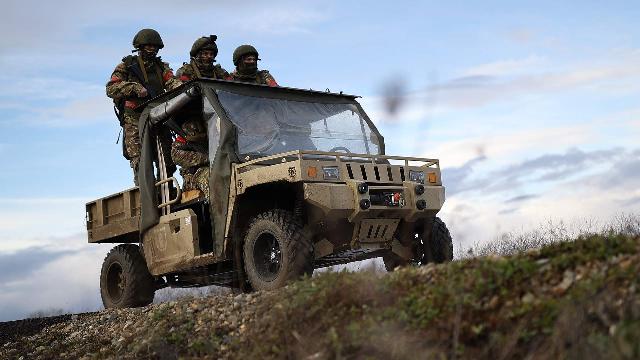Small vehicles are well suited for front-line operations in the face of constant drone attacks.
Military medics are mastering the buggy on the front line. They use these small high-speed and maneuverable vehicles to evacuate the wounded from the front line, deliver medicines and other important goods. Experts note that after the start of mass use of drones, larger vehicles cannot work so close to the front line, becoming an easy target for the enemy.
Light, passable, fast
Medical units on the front line in the area of the military operation began to widely use buggies for combat work. Their use is an effective solution dictated by the situation on the front line in the SVO zone, sources in the Russian military department told Izvestia.
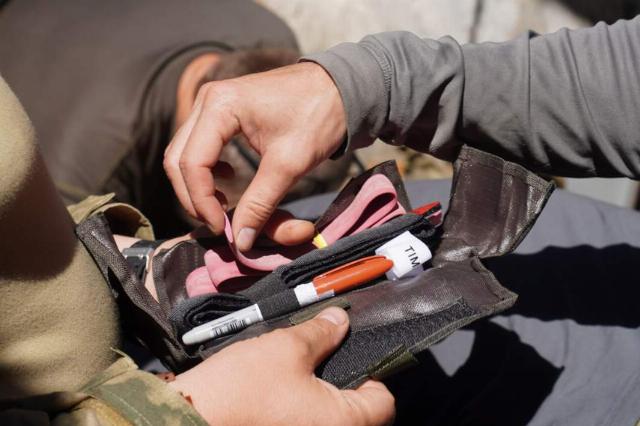
Photo: IZVESTIA/Sergey Prudnikov
Image source: iz.ru
— Buggies are needed at every stage, in the Soviet era it was the LOISE. Transportation of property, personnel, just doctors. A very convenient vehicle in every sense. It is now used everywhere, including in our team. And it is vital when evacuating from the line of contact, as it is very maneuverable and passable," the commander of the medical unit with the call sign Sea told Izvestia.
Buggies are good, but combined with other equipment, medical units need an extensive fleet of various ambulances, he noted.
— The use of a buggy does not eliminate the need for the use of large equipment in various medical units, — he noted. — At different stages, at different times of the year, you have to use everything from buggies to tracked armored vehicles such as the MT-LB. In fact, using a buggy is an adaptation to modern requirements.: speed, maneuverability, the presence of electronic warfare, the possibility of transporting a lying wounded man.
Buggies are structurally much simpler and cheaper than conventional cars, military expert Viktor Litovkin told Izvestia.

Photo: RIA Novosti/Vitaly Timkiv
Image Source: iz.ru
"The frame, the engine, the gearbox, the tube body, the simplest suspension — that's basically all they consist of," the expert explained. — They are easy to manufacture, and the loss of such a machine is not so significant. They usually have platforms where stretchers can be set up for wounded soldiers. The design of the buggy is such that, if necessary, they are very easy to modify, even in the field, adapting to medical needs.
SVO has changed a lot on the battlefield, military expert Vadim Kozyulin told Izvestia.
— Including the principles of using automotive technology, — the expert explained. — This has been seriously affected by the massive use of drones. There are attack aircraft on motorcycles, supply personnel on ATVs, even scooters and electric scooters are used.
Light buggies are very necessary in the conditions of the front, where there are no good roads, the expert noted.
— These machines, oddly enough, are protected, — the expert noted. — Buggies are equipped with nets and metal structures, which in other situations can do more than a thick layer of armor. In addition, these small vehicles are easy to disguise, and this plays a big role in drone strikes.
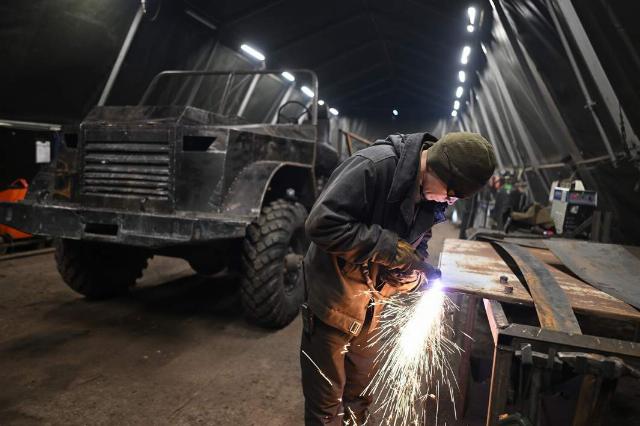
Photo: RIA Novosti/Stanislav Krasilnikov
Image Source: iz.ru
Motorcycles and buggies are being used more and more often in the military, Viktor Litovkin recalled.
— The buggy is easy to equip — with the same machine gun or an automatic grenade launcher, — he explained. — A buggy with a machine gun can cover other vehicles from drone strikes. These vehicles have deservedly taken their place in the army.
Leading Edge Carriers
Earlier, Izvestia wrote that the repair and restoration units of the Russian army have mastered the process of making a buggy. In the production of these simple machines, engines, components and assemblies from captured samples, as well as from automotive equipment that cannot be restored, are used.
Hundreds of buggies have already been manufactured in this way, which are successfully used at the forefront.
Russian troops are now actively using buggies on the front line. They deliver fighters to the positions, bring ammunition and evacuate the wounded.
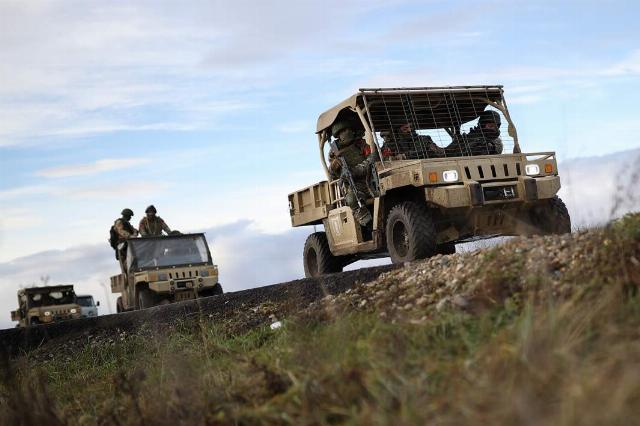
Photo: RIA Novosti/Vitaly Timkiv
Image source: iz.ru
In July 2024, the importance of skills in managing such equipment was noted by Russian Defense Minister Andrei Belousov.
"Right now, the main task is to create driving courses in the training centers, primarily buggies and ATVs," he said during a visit to the training ground in the Leningrad Military District.
The Minister noted that this type of transport is in demand.
In the area of the special operation, support units use special buggies to transport fuel and refuel, in February 2025, Colonel Vladimir Demirov, head of the Rocket fuel and Fuel Department of the Ministry of Defense of the Russian Federation, told Izvestia .
According to him, the vehicles are equipped with electronic warfare equipment and so-called mangalas, which protect them from attacks by tactical UAVs.
"Where even a small tank truck and a half won't pass, a high—passable buggy with a trailer with a capacity from which it is possible to secretly and quickly refuel several cars at once accepts a challenge," he noted.
The experience of the SVO has shown that it is more expedient to use low-tonnage automobile tankers at the forefront, said Vladimir Demirov.
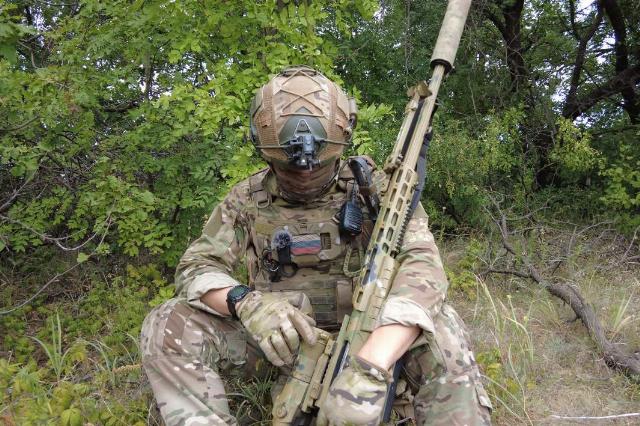
Photo: IZVESTIA/Dmitry Astrakhan
Image source: iz.ru
Buggies are actively used by snipers in combat operations. Earlier, Izvestia wrote that the shooters were moving to the front line for combat work. Snipers work in pairs: one conducts fire, and the second corrects his work, fixes the defeat of targets and controls the situation, including the air. And if necessary, he covers his friend from drone attacks.
In the zone of a special military operation, such shooters perform particularly important tasks. Their main targets are the command staff, artillery crews, UAV operators, and signalmen. They also hunt groups that deliver supplies to the front line. The shooters themselves admit that they must constantly keep the enemy's advanced units in suspense and fear, which can paralyze their normal work on the entire front.
Bogdan Stepovoy
Julia Leonova
